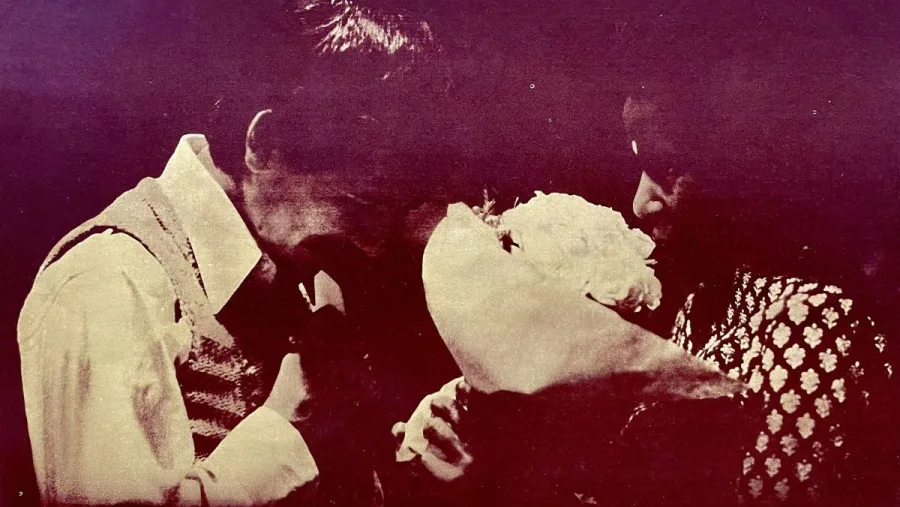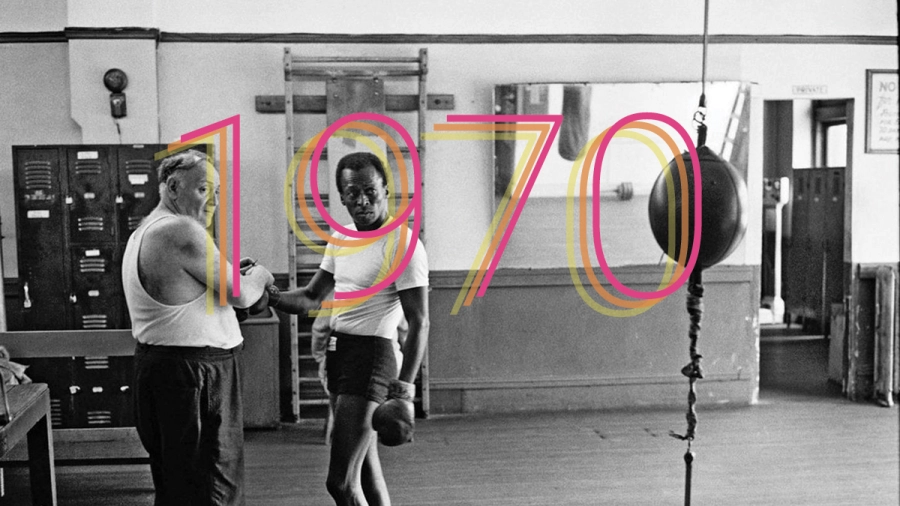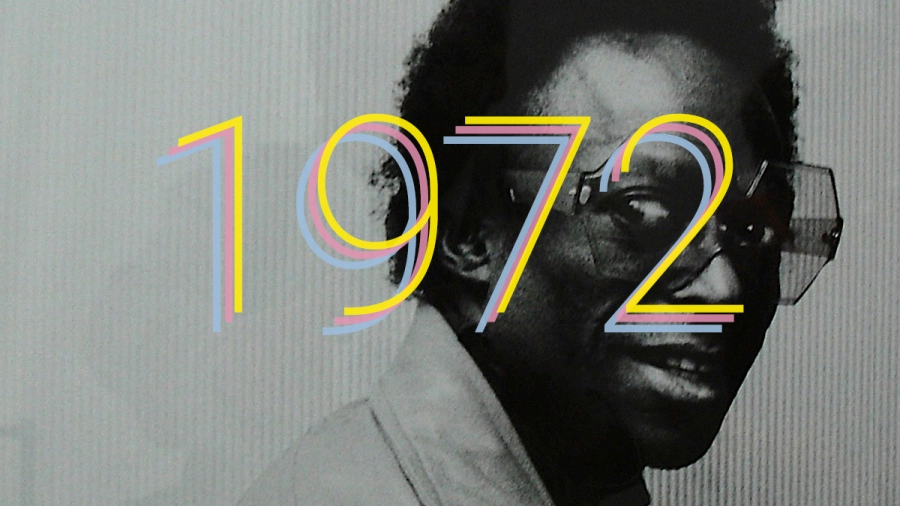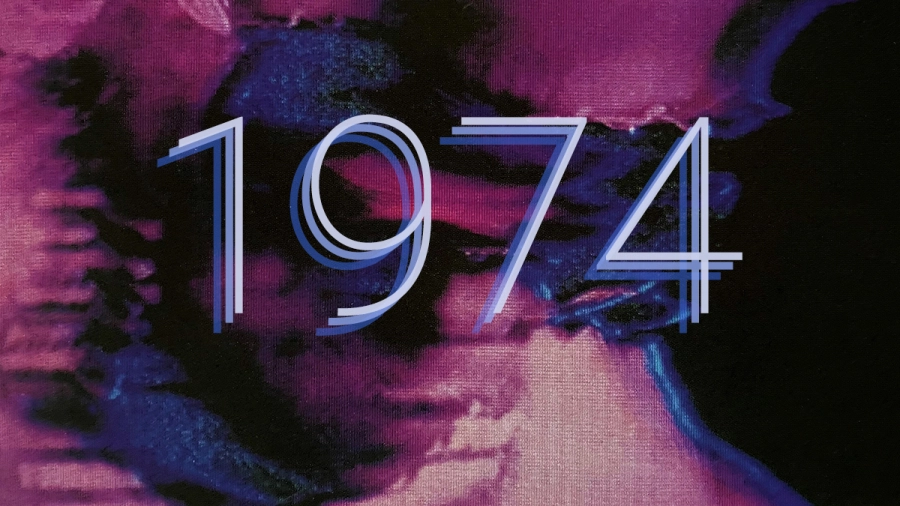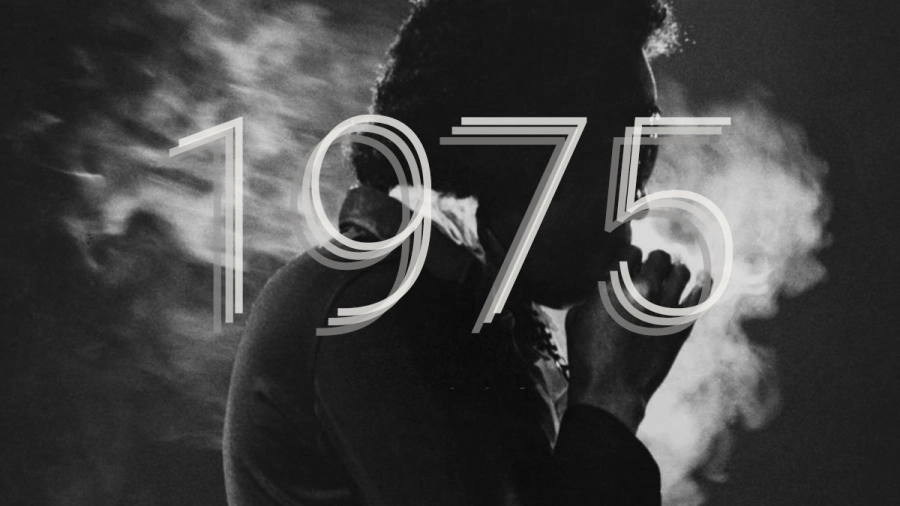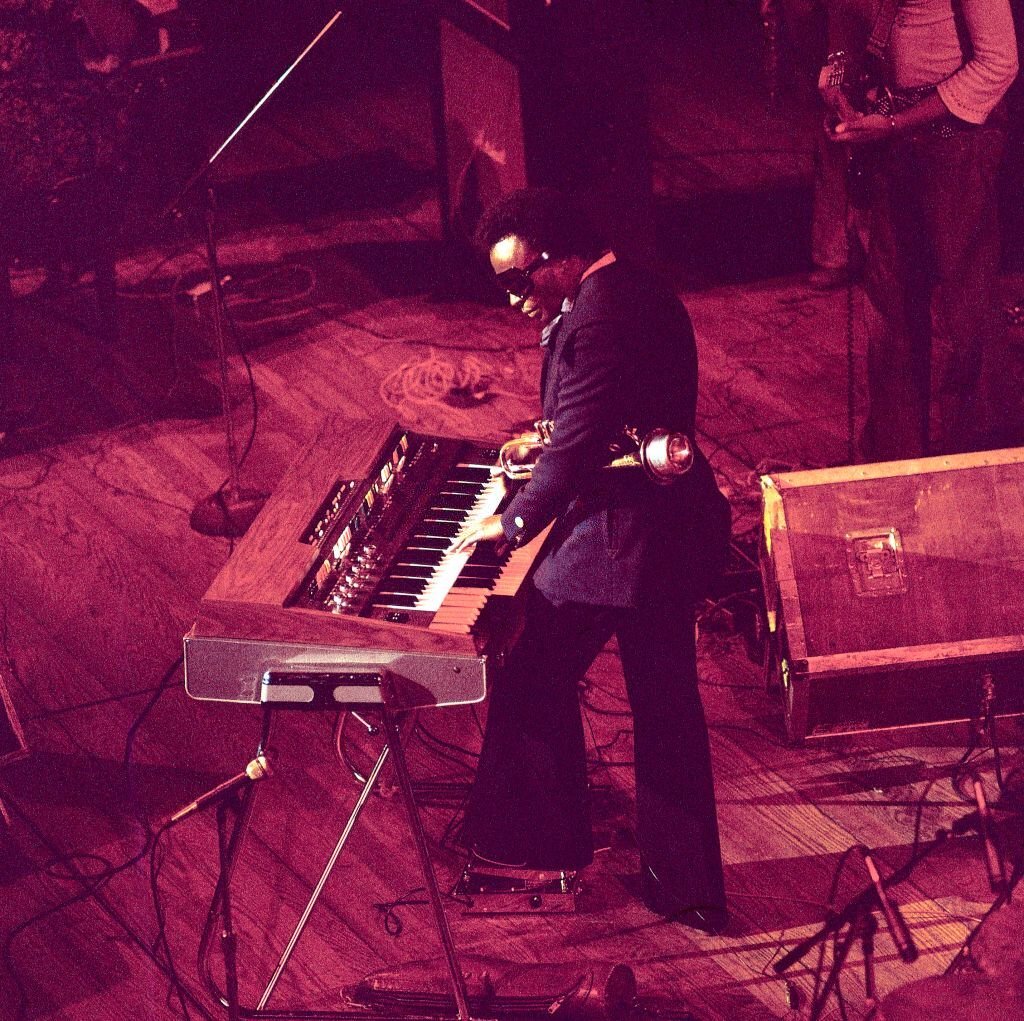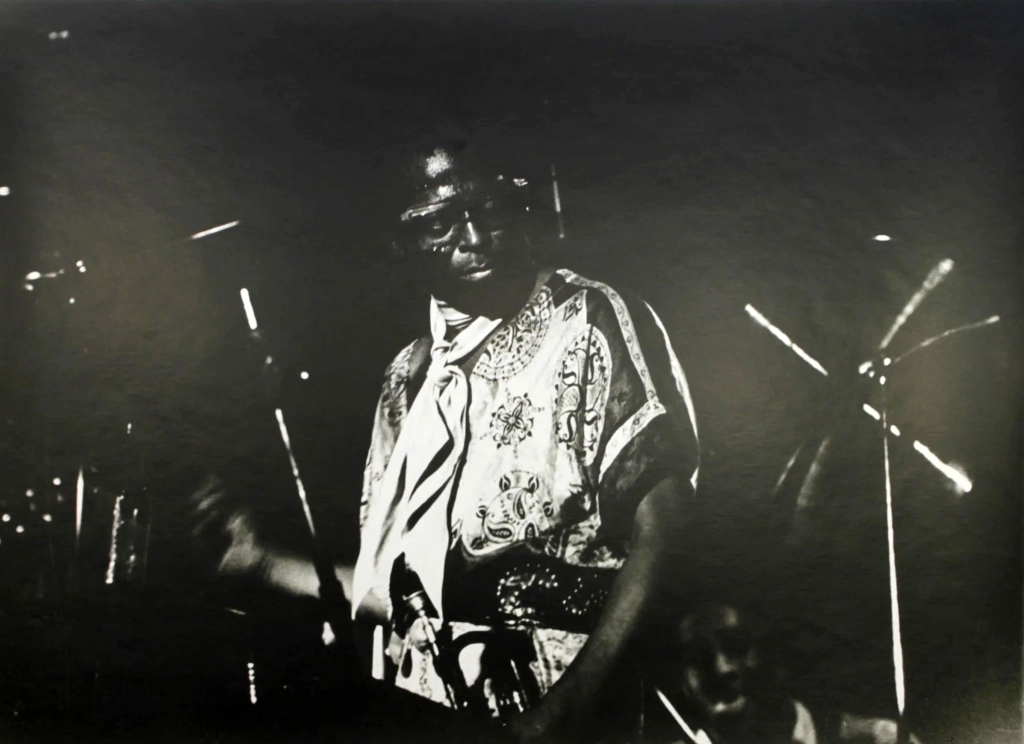Very few LPs radiate a level of spiritual grandeur quite like the 1974 summit between Alice Coltrane and Carlos Santana, Illuminations. With Coltrane’s harp and soaring orchestration, uncharacteristically patient, technically precise lead work from Santana, and an aura of calm, fluid interaction among a top-tier rhythm section anchored by Dave Holland and Jack DeJohnette, the album is equally humble and humbling. Aurally transcendent by design.
Illuminations was not necessarily new turf for Alice Coltrane, whose ascension toward a higher consciousness produced landmarks such as Journey in Satchidananda, Universal Consciousness and World Galaxy in the first half of the decade, but Carlos Santana’s turn toward the spiritual had been far more gradual. As albums from his namesake lineup drew deeper into the orbit of Bitches Brew-imbued fusion, it was his 1973 collaboration with Miles alum John McLaughlin, Love Devotion Surrender on which Santana dove headlong toward a higher plane.
“It was never for entertainment or show business. The goal for Alice Coltrane and John Coltrane – the aim, the trajectory, the goal and the purpose – was always to uplift, transform and illumine human consciousness.”
Carlos Santana
So while Illuminations may have been a commercially questionable mile marker on Santana’s mid-70s transformative journey1, the collaboration was well-timed and executed – pairing an empathetic cast of players open to the concept of devoting themselves to a higher power.
A pair of documents has recently emerged to expand our understanding of this collaboration. The first, a 3-hour + 45-minute collection of newly discovered audio from the Illuminations sessions, including previously unknown compositions, stripped back tracking sessions, overdub reels, working tapes and a cache of alternate takes and mixes. It offers a wide-screen vision of the avenues this album could have taken: a more earth-bound collection rooted in free jazz and heavy fusion, or a pared-down, reflective journey aimed to guide listeners on an inner search. All that could have been is laid out here.
The second document, equally illuminating, is a previously un-circulated soundboard recording of a March 14, 1974 concert from the Kabuki Theater in San Francisco. The tape features spare devotional sets from John McLaughlin and Carlos Santana, sets from Alice Coltrane in both solo and trio settings, as well as ensemble performances of Illuminations material and more.
Continue reading “Alice Coltrane & Carlos Santana: Previously Unissued 1974 Recordings”
